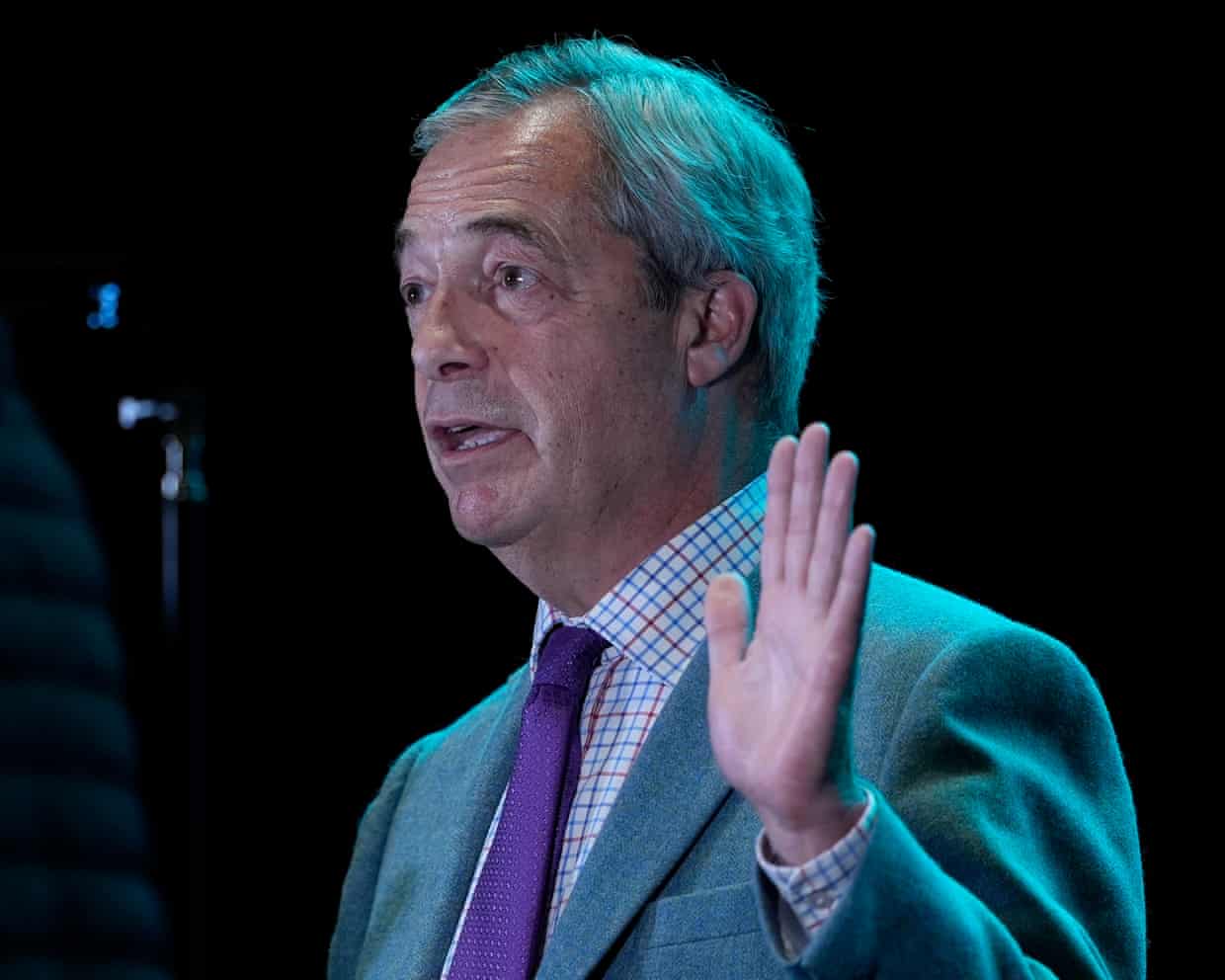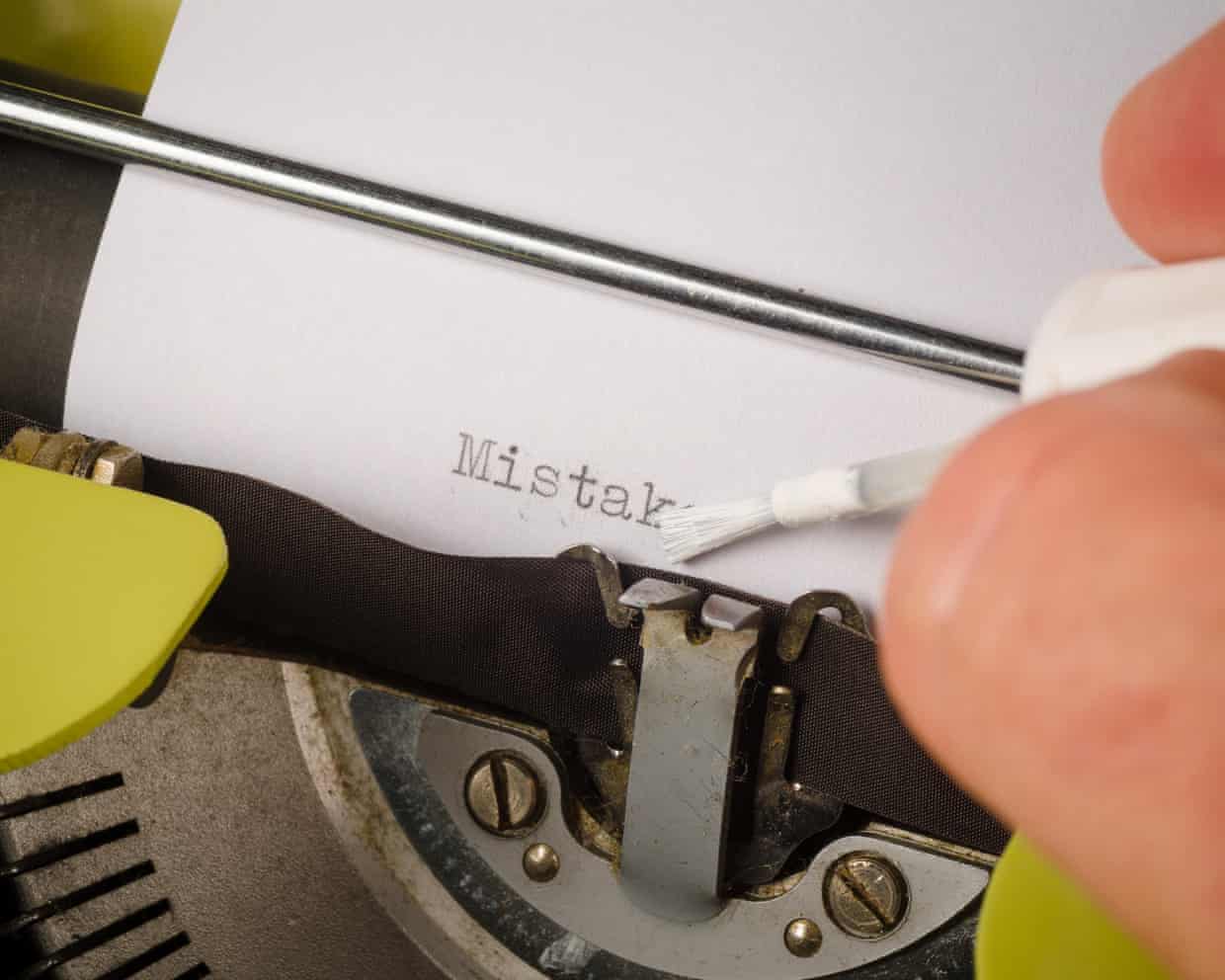Tennis burnout on the rise as grind of long season brings stars to their knees

Elina Svitolina simply could not go on.Her hopeful start to the 2025 season had given way to despair as the mental and emotional strain of constant competition, travelling and stress left its mark.The 31-year-old understood that competing would only make things worse and, in September, Svitolina decided to prematurely end her season, citing burnout.The world No 14 is not alone in feeling suffocated by her sport.This has been another year filled with incredible performances and gripping matches, but the past 11 months have also been defined by the physical and mental ailments endured by many of the sport’s stars.
Jack Draper, Zheng Qinwen, Holger Rune and Arthur Fils have been forced off the court owing to significant long-term injuries.Others, such as Ons Jabeur (who has subsequently announced she is pregnant), Daria Kasatkina and Svitolina, felt they had no choice but to step away because of their mental struggles.Being a prominent tennis player comes with significant privilege and wealth, but their challenges are undeniable.Injuries are part of elite sport, where athletes continually push their bodies past their limits in pursuit of success, but many believe that tennis has not done enough to protect its athletes.In recent months, the growing list of absences from the tour has reinvigorated discussion surrounding an old topic: the sport’s long and punishing calendar.
This year, the off-season that began on Monday will officially last only five weeks and four days, spanning 24 November until 1 January.Not every male player was in action at the Davis Cup, the final event of the season, but even the bruising 10 and a half month season is longer than most other sports’ campaigns.Complaints about the schedule date back decades and there have been some attempts to tackle the issue over the years.However, fresh ideas do not tend to last long in a fractured sport held together by seven official bodies – the men’s Association of Tennis Professionals (ATP), the Women’s Tennis Association (WTA), the International Tennis Federation (ITF), the Australian Open, French Open, Wimbledon and US Open.Every organisation fiercely protects its own interests, which do not necessarily align with the players or each another.
In the meantime, the schedule has actually become even more restrictive in a variety of ways.Many top players contend that the extended 12-day ATP and WTA 1000 events are further wearing them down.Attempts to incentivise more frequent competition through financial and ranking points penalties is also a source of consternation.A lucrative 10th ATP Masters 1000 event in Saudi Arabia will be added to the calendar as early as 2028.Not only is the season long, it is incredibly congested.
The picture is also complicated by how the interests of players differ – lower-ranked competitors who lose earlier and play fewer matches each week and earn less money often need more playing opportunities.This is a fraught period in the sport.The Professional Tennis Players’ Association, co-founded by Novak Djokovic, remains in a class action lawsuit with the ATP, WTA, ITF and grand slams, accusing them of functioning as a “cartel” by holding an unfair monopoly over the elite game.At the same time, most of the world’s top-10 players have signed letters and held meetings with representatives of the grand slam tournaments, which are so powerful that they operate according to their own rules and often without input from the players.They have been imploring the grand slams to share a greater proportion of their revenues through prize money and to actually make player benefits contributions.
Jannik Sinner, Iga Swiatek and Draper have aired their frustrations publicly.During the ATP Finals just over a week ago, the ATP chair, Andrea Gaudenzi, gave an illuminating press conference, addressing many of these issues.A former player himself, Gaudenzi expressed sympathy for players’ complaints but he insisted that the solution was for them to schedule more intelligently.That is, to focus on the most significant tournaments and ignore the temptation to pursue appearance fees at smaller events or exhibitions.Those who complain about the grind while playing in exhibitions during off weeks are particularly vulnerable to criticism.
Carlos Alcaraz was forced to withdraw from the Davis Cup owing to a hamstring injury sustained during the ATP Finals after contesting 81 official matches this year.Sign up to Sport in FocusOur picture editors select their favourite sporting images from the past week, from the spectacular to the powerful, and with a little bit of fun thrown inafter newsletter promotionIn addition to his regular schedule, the Spaniard had competed in the Laver Cup, the Six Kings Slam in Saudi Arabia and an exhibition in Puerto Rico.The world No 1 will contest at least three lucrative exhibitions in the US and South Korea before the Australian Open in January.Alcaraz is among those players who contend that exhibitions require minimal effort for far more money than most regular tour events, making it logical for them to play in them.Gaudenzi, whose ATP OneVision plan is behind the expansion of the ATP and WTA 1000 events, also made it clear that he has no interest in reducing the length of those events.
He believes the revenue generated by the expanded Masters 1000 tournaments, particularly the far greater number of tickets on sale, plainly justifies their increase.It is certainly hypocritical to patronise players for making financially motivated scheduling decisions while maintaining an unpopular tournament format for the same reason.The sport’s cluttered, inefficient and broken calendar simply has not changed enough over the past three decades.Ideally, the various governing bodies would combine to tear it down and start again from scratch, making player health a priority with a more logical flow in the scheduling and timing of its events around the world.Other problems to address include ensuring that players are as protected from extreme weather conditions and enforcing stricter controls on court speeds, balls and playing conditions.
These decisions should be made with greater input from the players, addressing legitimate concerns over their workload while still providing sufficient earning opportunities for the rank-and-file professionals.However, as long as governance of the sport remains so fragmented, nothing will change.

Budget uncertainty hammers retail confidence; UK bank shares jump after ‘avoiding windfall tax raid’ – business live
Shares in UK banks have jumped at the start of trading, following reports that they will be spared from a tax raid in the budget.NatWest (+3.3%), Barclays (+2.9%) and Lloyds Banking Group (+2.95%) are all among the top risers on the FTSE 100 share index in early trading this morning

UK bank shares rise after reports of budget tax reprieve
UK bank shares have jumped as investors grow increasingly confident that the industry will be shielded from tax rises in Rachel Reeves’s budget this week.Shares in some of the UK’s largest high street lenders rose more than 2% at the start of trading on Tuesday, after reports that the Treasury had asked the sector to issue supportive statements about the following day’s budget, raising expectations they would be spared a further levy.“Reports that UK banks might get a reprieve in this week’s budget from previously floated new tax measures helped give the likes of Lloyds, Barclays and NatWest a lift and underpinned the FTSE 100’s rise on Tuesday,” said Dan Coatsworth, the head of markets at AJ Bell.“It suggests that some intense lobbying by the industry has paid off, although U-turns have been a theme in UK politics for some time so banking boardrooms may not breathe a full sigh of relief until Rachel Reeves has sat down tomorrow afternoon.”Speculation over potential bank tax rises has been swirling for months, having been revived in August when the IPPR thinktank argued that Reeves should levy a new bank tax to claw back money that commercial lenders earn from the Bank of England, as result of an emergency economic policy known as quantitative easing put in place after the 2008 financial crisis

Macquarie Dictionary announces ‘AI slop’ as its word of the year, beating out Ozempic face
AI slop is here, it’s ubiquitous, it’s being used by the US president, Donald Trump, and now, it’s the word of the year.The Macquarie Dictionary dubbed the term the epitome of 2025 linguistics, with a committee of word experts saying the outcome embodies the word of the year’s general theme of reflecting “a major aspect of society or societal change throughout the year”.“We understand now in 2025 what we mean by slop – AI generated slop, which lacks meaningful content or use,” the committee said in a statement announcing its decision.“While in recent years we’ve learnt to become search engineers to find meaningful information, we now need to become prompt engineers in order to wade through the AI slop. Slop in this sense will be a robust addition to English for years to come

AI could replace 3m low-skilled jobs in the UK by 2035, research finds
Up to 3m low-skilled jobs could disappear in the UK by 2035 because of automation and AI, according to a report by a leading educational research charity.The jobs most at risk are those in occupations such as trades, machine operations and administrative roles, the National Foundation for Educational Research (NFER) said.Highly skilled professionals, on the other hand, were forecast to be more in demand as AI and technological advances increase workloads “at least in the short to medium term”. Overall, the report expects the UK economy to add 2.3m jobs by 2035, but unevenly distributed

The Breakdown | A November to remember: let’s celebrate the good in international rugby
We turn the dial towards whimsy and revisit some of the moments that made the autumn internationals irresistibleSouth Africa and Ireland played out a slugfest for the ages and the discourse has been dominated by yellow cards and flying shoulders to the head. England held off a spirited Argentina to claim their 11th consecutive Test win and it seems all anyone can talk about is some alleged after-the-whistle shoving. Wales and New Zealand traded 11 tries in a ding-dong encounter and yet the narrative is weighed down by caveats concerning fading empires.What, exactly, is the point of Test rugby? Beyond winning World Cups and regional crowns, does this chaotic sport hold any value? A bit of spice elevates almost every dish, sure, but it has felt as if this autumn’s brilliant rugby fare has been smothered in a sauce with a needlessly high Scoville count.So, for all the romantics, for anyone inclined to see their incomplete pint of Guinness as half full, for those who believe that elite rugby has never been more entertaining or more competitive or more interesting, let’s turn the dial towards whimsy and revisit some of the moments that made this autumn irresistible

The NBA’s dress code was seen as policing Black culture. Instead it inspired a fashion revolution
Twenty years after the league introduced its controversial policy, many players see it as helping them develop self-expressionLonzo Ball’s froze in confusion. The question – “What do you think about the NBA dress code?” – hung in the air for a second before he cracked a sheepish grin.“There’s a dress code?” he said, smiling.Twenty years after the introduction of a rule that once roiled the league and ignited a culture war over image and identity, one of the NBA’s current players didn’t even know it existed.“Now do-rags are flying, along with jerseys and baggy stuff,” said Ball, a point guard for the Cleveland Cavaliers

Nigel Farage responds to racism claims saying he never ‘tried to hurt anybody’

BBC finds its happy place inflicting latest round of self-harm | John Crace

UK politics: Risk of Maccabi Tel Aviv facing antisemitic attacks not ‘predominant’ reason for match ban, police tell MPs – as it happened

Political corrrectness that made me laugh | Brief letters

Two peers suspended from House of Lords for breaking lobbying rules

Lords rules and culture make it easy for peers to abuse privileged position